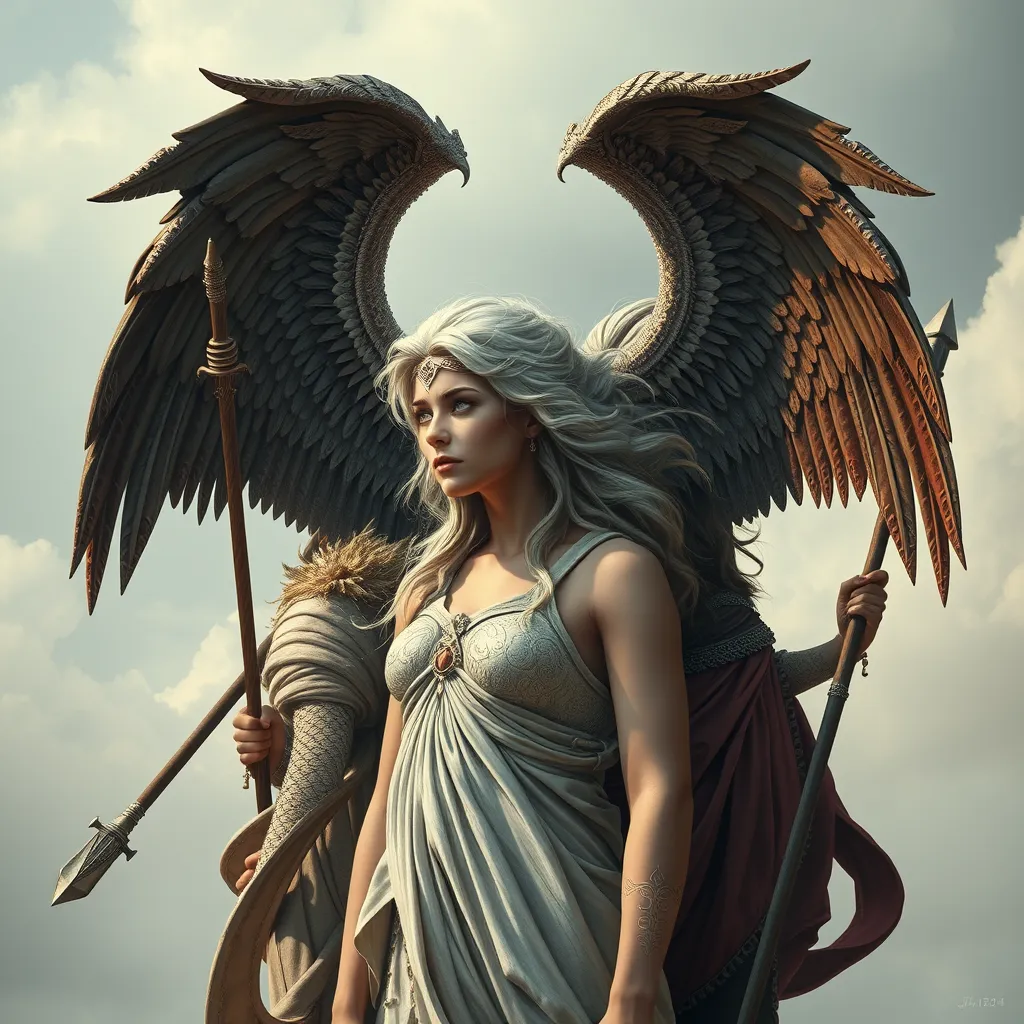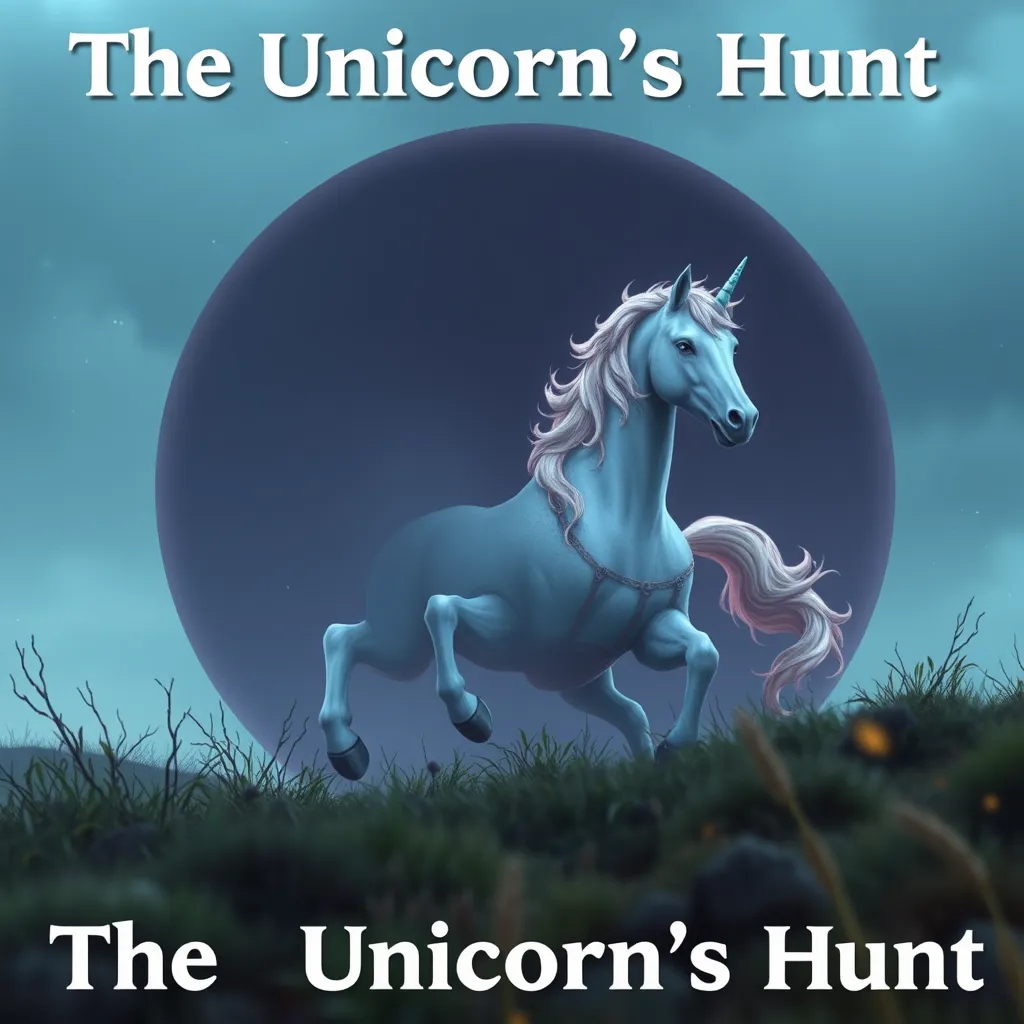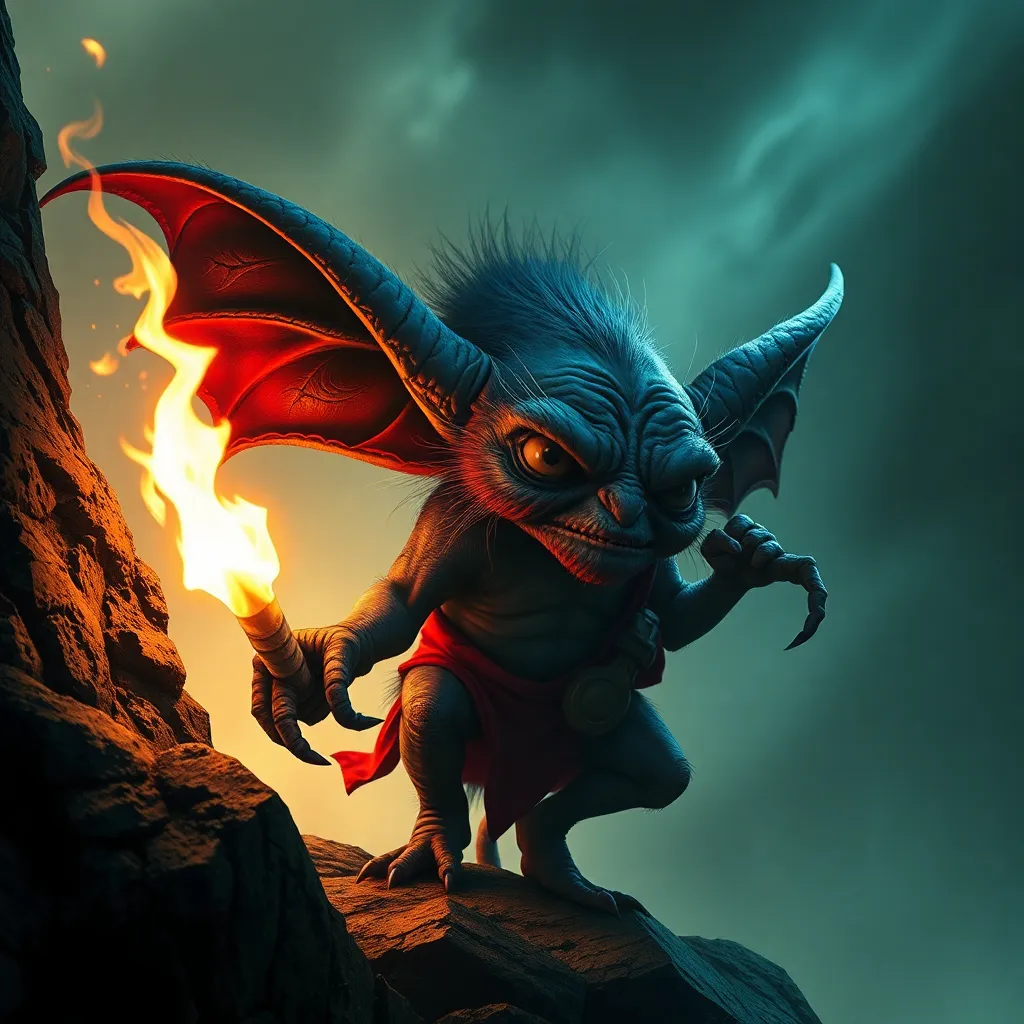Valkyries and Gender: Exploring the Complex Role of Women in Norse Mythology
I. Introduction
The Valkyries, often depicted as fierce warrior maidens, hold a significant place in Norse mythology. They are not just mythical figures; they embody complex themes of femininity, power, and the interplay of life and death. Understanding the role of Valkyries can provide profound insights into gender dynamics within ancient cultures, particularly in the context of Norse society.
Gender studies in mythological contexts allow for a deeper exploration of how female figures were perceived and what they represented. This article aims to examine the multifaceted role of Valkyries, analyzing their significance in Norse mythology and their implications for understanding gender in both historical and modern contexts.
II. The Mythological Framework of Valkyries
To appreciate the Valkyries’ role, one must first define who they are. The term “Valkyrie” comes from Old Norse “valkyrja,” which means “chooser of the slain.” These women were tasked with selecting those who would die in battle and those who would live.
In Norse cosmology, Valkyries serve several crucial roles:
- Guides of Souls: They escort fallen warriors to Valhalla, Odin’s hall, where the chosen will prepare for Ragnarok.
- Battlefield Influencers: Valkyries have the power to sway the outcome of battles, choosing who would survive.
- Divine Messengers: They act as intermediaries between the gods and humanity.
Key myths, such as the “Saga of the Volsungs” and “Hárbarðsljóð,” feature Valkyries prominently, illustrating their complex interactions with gods and mortals alike.
III. Valkyries as Symbols of Female Power
Valkyries challenge traditional gender roles by embodying the duality of nurturing and destruction. They are not merely passive figures; instead, they actively shape the fate of warriors and the course of battles. This representation of warrior women in mythology signifies:
- Strength and Autonomy: Valkyries reflect the ideals of strength, bravery, and independence, which were not typically associated with women in many ancient cultures.
- Agency in Life and Death: Their role in choosing the slain emphasizes their control over life and death, a theme that resonates with feminist interpretations of mythology.
In Norse culture, the Valkyries symbolize a form of female power that transcends societal limitations, making them pivotal figures in understanding the gender dynamics of the time.
IV. The Duality of Valkyries: Life and Death
The Valkyries’ dual role as both nurturers and harbingers of death creates a rich tapestry of meaning in Norse mythology. They guide souls to Valhalla, a process that highlights the themes of death and rebirth prevalent in the mythology. The juxtaposition of femininity with violence and mortality invites deeper contemplation:
- Guiding Souls: By leading warriors to Valhalla, Valkyries reinforce the warrior ethos of honor and glory in battle.
- Death and Rebirth: The cyclical nature of life and death in Norse beliefs suggests that death is not an end but a transformation.
This duality adds complexity to the Valkyries as symbols, challenging the binary perceptions of femininity as solely nurturing or violent.
V. Historical Context: Women in Viking Society
Understanding the Valkyries requires examining the status of women in Viking society. Women during the Viking Age held a variety of roles, from homemakers to property owners, and in some cases, even warriors.
Comparing these roles to the Valkyries reveals both similarities and differences:
- Agency: While Valkyries are depicted as powerful figures with agency, Viking women often faced societal constraints.
- Warrior Status: Though some women may have taken on warrior roles, this was not the norm, contrasting sharply with the Valkyries’ established warrior status.
The influence of Norse mythology on perceptions of women is profound, as the robust figures of Valkyries might have inspired or reflected the realities of Viking women.
VI. Modern Interpretations and Cultural Impacts
The enduring legacy of Valkyries continues to resonate in contemporary literature and media. From films to novels and comic books, Valkyries have been reinterpreted in various ways:
- Feminist Interpretations: Many modern feminist scholars and writers explore the Valkyries as symbols of empowerment and autonomy, challenging patriarchal narratives.
- Resurgence of Interest: The renewed fascination with Norse mythology has sparked discussions around gender studies, drawing parallels between ancient beliefs and contemporary issues.
These modern interpretations highlight the Valkyries’ relevance in discussions around gender and power today.
VII. Controversies and Debates
Despite their iconic status, the depiction of Valkyries in popular culture often leads to misinterpretations. Ongoing discussions about gender representation in mythology raise critical questions:
- Misinterpretations: Some portrayals simplify or sexualize Valkyries, detracting from their complex roles.
- Modern Values vs. Ancient Texts: Reconciling the values and beliefs of ancient societies with contemporary perspectives can be challenging.
These controversies invite deeper examinations of how we interpret mythology and the implications for gender representation.
VIII. Conclusion
In summary, the exploration of Valkyries reveals key insights into the complex roles of women in Norse mythology. They symbolize female power, agency, and the intricate interplay of life and death. The relevance of Valkyries in today’s discussions on gender and power is significant, reflecting ongoing societal changes and the quest for understanding historical contexts.
Further exploration into the complexities of women in mythology and their representations can enrich our understanding of both ancient cultures and contemporary issues.



